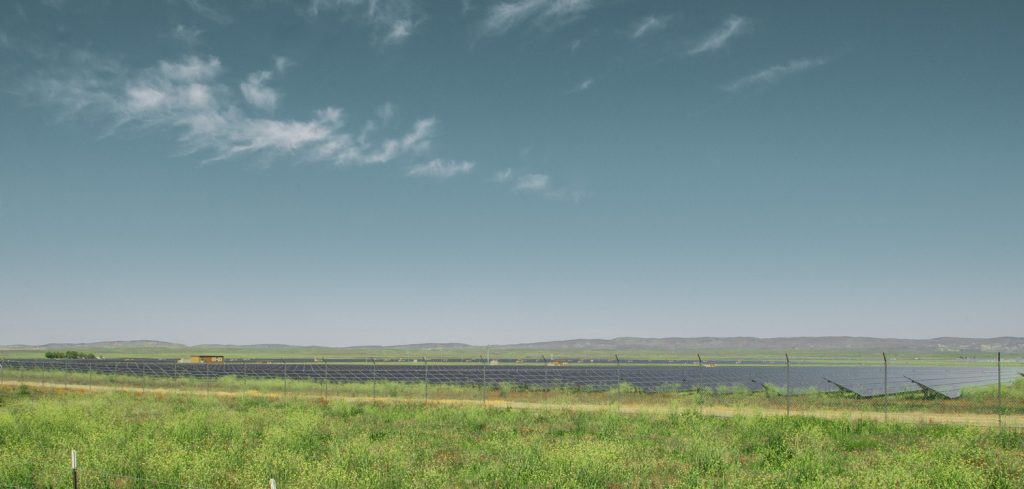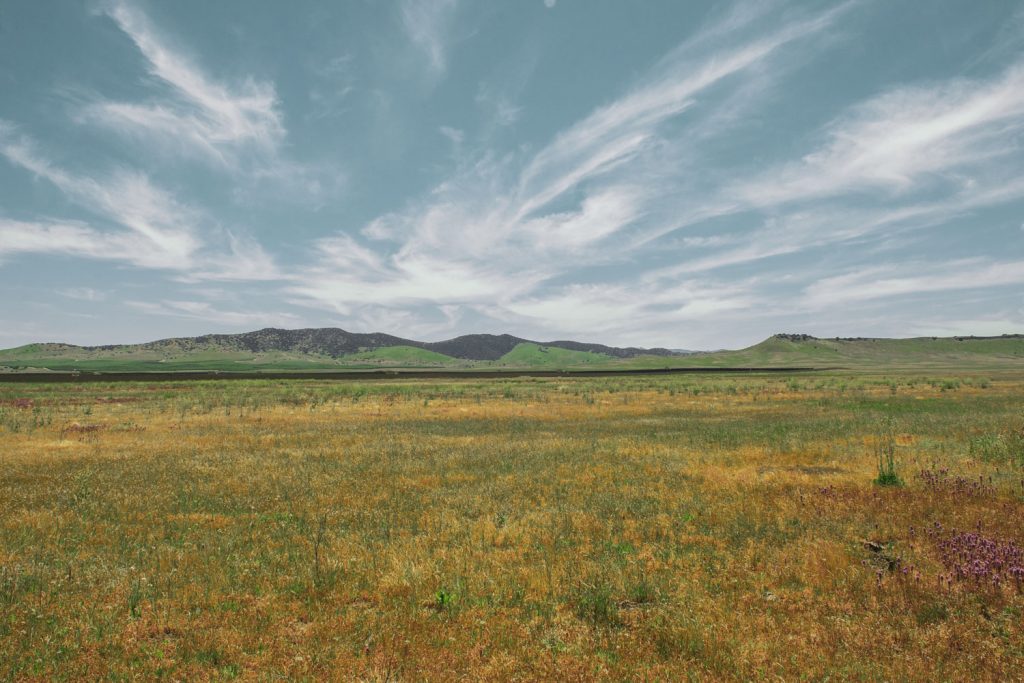Sacramento, CA — During their regular meeting last month, the California Fish and Game Commission voted unanimously to designate approximately 12,168 acres of state-owned land between the La Panza Range and the Temblor Mountains in San Luis Obispo County as the North Carrizo Ecological Reserve. The new reserve sits less than five miles to the north of the Carrizo Plain National Monument and is near other public and private conservation lands in the area.
According to the California Department of Fish and Wildlife—the agency that proposed the designation—the North Carrizo Ecological Reserve is home to species listed as threatened or endangered under the federal Endangered Species Act, such as the San Joaquin kit fox, giant kangaroo rat, and vernal pool fairy shrimp. The area also supports a herd of approximately 200 tule elk, a native elk found only in California.
According to the Department’s proposal, the primary management goals for the North Carrizo Ecological Reserve are to:
- Protect, restore, and enhance native habitats and aid the recovery of federally and state-listed endangered and threatened species.
- Enhance passage of pronghorn, elk, and San Joaquin kit fox through the reserve and to other protected lands in the vicinity, such as the Carrizo Plains Ecological Reserve, and the Carrizo Plains National Monument.
- Protect and enhance native grassland, buckwheat scrub, and vernal pool habitats on-site. Monitor and manage the sensitive native species on site, in addition to those that are state- or federally-listed. Conserve diversity of native plant and animal species within the reserve.
- Continue to work cooperatively with the Bureau of Land Management staff assigned to the Carrizo Plain National Monument to benefit the conservation value of both areas.
“We are excited to see such a large area near the Carrizo Plain National Monument and Los Padres National Forest set aside for permanent protection,” said Los Padres ForestWatch conservation director Bryant Baker. “The addition of the North Carrizo Ecological Reserve to the network of public and private conservation lands in the valley will go a long way in protecting vital wildlife habitat and facilitating movement of threatened, endangered, and iconic species across the area.”

The new reserve surrounds the Topaz Solar Farm, one of the world’s largest, which has been in operation since 2013. Prior to being designated as an ecological reserve, the land was required as mitigation to offset ecological impacts from the solar farm’s construction and operation.
In response to the Topaz Solar Farm proposal in 2010, local and national conservation organizations expressed serious concerns over the potential impacts of the massive energy project on several rare, threatened, and endangered species as well as their habitat in the area. In addition to the mitigation required by state and federal wildlife agencies, a settlement agreement that included additional land preservation was made after the Center for Biological Diversity, Sierra Club, and Defenders of Wildlife threatened a lawsuit. Two local organizations, North County Watch and Carrizo Commons, moved forward with filing their own lawsuit against the project and another settlement agreement was reached soon after.

Due to the work of the wildlife agencies and these organizations, the energy company set aside over 18 square miles of mostly contiguous land for permanent protection. The company also agreed to decommission the solar farm after 35 years, restore the site to natural conditions, set up a conservation easement on the land, and create an endowment so the land can be managed in perpetuity.
”We applaud the designation of the North Carrizo Ecological Reserve, for all the benefits it provides to some of California’s most endangered species including the diminutive San Joaquin kit fox, the giant kangaroo rat, the beautiful blunt-nosed leopard lizard and more” said Ileene Anderson, senior scientist with the Center for Biological Diversity.
The Topaz Solar Farm then transferred the mitigation lands that had been bought from adjacent landowners to the Department of Fish and Wildlife in 2013, paving the way for the designation of the property as a new ecological reserve.
“The creation of the Preserve, coupled with careful management for the full recovery of threatened and endangered species, is essential for ensuring the preservation of the remaining 5% of the once great San Joaquin Grasslands habitat and its unique species – truly a State treasure,” said Sue Harvey, president of North County Watch.
The reserve joins an array of other public lands such as the Los Padres National Forest, Carrizo Plain National Monument, and Carrizo Plains Ecological Reserve. Additionally, thousands of acres of adjacent land are also permanently protected, with some managed by land trusts such as the Carrizo Plain Conservancy. All of these open spaces provide critical habitat to endangered plants and animals and act as wildlife corridors.
“We at the Carrizo Plain Conservancy are pleased and honored to be a part of this conservation effort”, said Neil Havlik, president of the group. “In the past six years our organization has taken title to more than 9,000 acres of land in the North Carrizo area, as well as within the National Monument.”
While some of the Carrizo Plain Conservancy’s nearby properties are being managed jointly with their partner organization, Sequoia Riverlands Trust, others are in the process of being transferred either into the new North Carrizo Ecological Reserve or incorporated into the Carrizo Plain National Monument. The Conservancy has indicated they are also actively pursuing additional conservation projects that would add to this network of protected lands in the area.
Unlike the national forest and national monument, the North Carrizo Ecological Reserve will not be open to general recreation. As with some other state ecological reserves, the Department has indicated a small number of limited hunting opportunities may be provided on the reserve each year, however.
The designation of the North Carrizo Ecological Reserve reflects growing recognition of the ecological importance of the Carrizo Plain and nearby mountains. Most of the permanently-protected swaths of land in the area have only been protected since the 1980s. Work is still being done by several organizations and political leaders to further protect this unique region that is often referred to as “California’s Serengeti.” Last fall, Congressman Salud Carbajal (CA-24) introduced the Central Coast Heritage Protection Act, which would designate three new federally-protected wilderness areas within the Carrizo Plain National Monument. That legislation passed the House of Representatives in February of this year.
The Commission received no opposition to the designation of the North Carrizo and six other ecological reserves before their vote via teleconference on April 16.









Comments are closed.